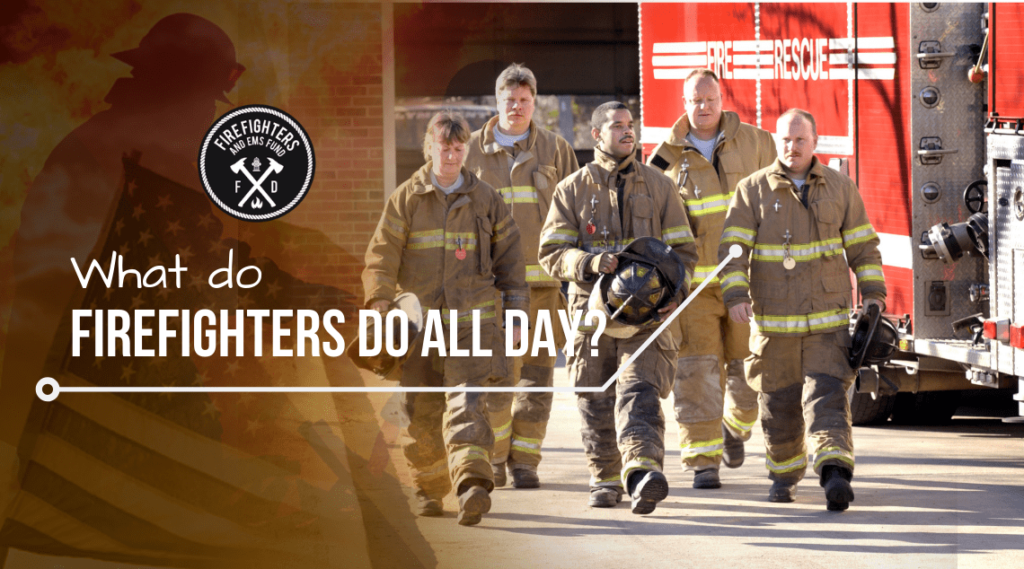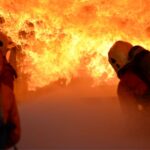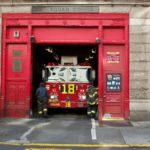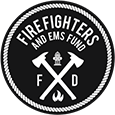All day and night, firefighters around the country are on the move. From moving on after the last call, which may have been a difficult experience, to stretching the attack hose, movement for firefighters is key.
Whether in action, or acting in preparation, all that movement can be taxing. Before preparing as a team, firefighters must become their strongest selves to maximize the impact they can have together. Keeping the mind and body in shape can help a firefighter roll with the punches physiologically and psychologically.
Resting, hydrating, and practicing good nutrition are necessary for all people, but there are a few extra reasons for firefighters to take this business as usual a bit more seriously.
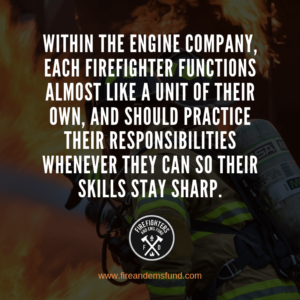
Maintaining proper hydration, rest, and nutrition helps the body filter toxins, helps mitigate fatigue when on call, and maximizes the opportunity to benefit from maximal mental and emotional health under stressful conditions.
Within the engine company, each firefighter functions almost like a unit of their own, and should practice his/her responsibilities whenever they can so their skills stay sharp. Every firefighter has a different job to do, so training varies from person to person. The drills a firefighter does can be affected based on their role within their company.
Every fire engine has a company. The company is made up of many different roles.
Depending on the department, engine companies are generally organized along the following lines: nozzle and/or pipeman, chauffeur and/or officer, doorman and/or backup firefighter.
The impact an engine company has depends on the effectiveness of each firefighter performing their unique responsibilities on scene at a high level:
The nozzle firefighter is responsible for stretching the initial attack hose.
The backup firefighter assists the nozzle firefighter and can prep entry tools.
The driver or chauffeur is responsible for knowing how to operate on and maintain the engine (often referred to as the rig), how to drive it, how to position it on site (often determining the maximum effectiveness of others responding to the call). They must also have extensive knowledge of road work, detours, down hydrants, and other information pertaining to the areas they will be navigating.
The officer assesses the scene and manages other crew members.
In conclusion, firefighters have many responsibilities and must be able to work as team players. Each and everyone’s job is crucial to the firefighters’ current situation. If one fails, then the team fails. Each job is just as important as the others and requires training and preparation every time the fire truck rolls out of the fire station.
Aside from going through a battery of physical tests, the fire service profession is not for the faint of heart. It takes a special type of person to be a firefighter with a very particular set of traits. Here are five traits every firefighter needs to be successful on the job.

